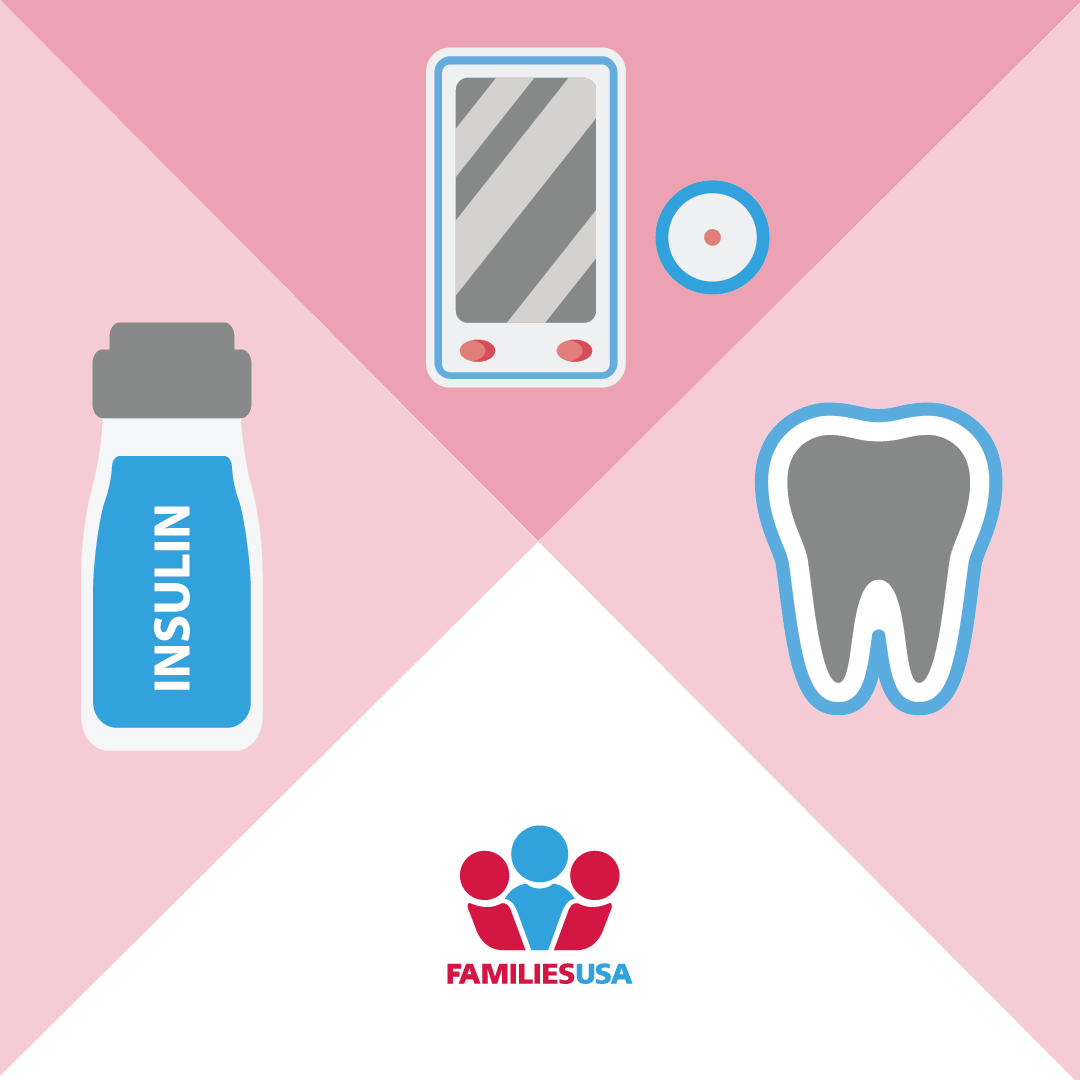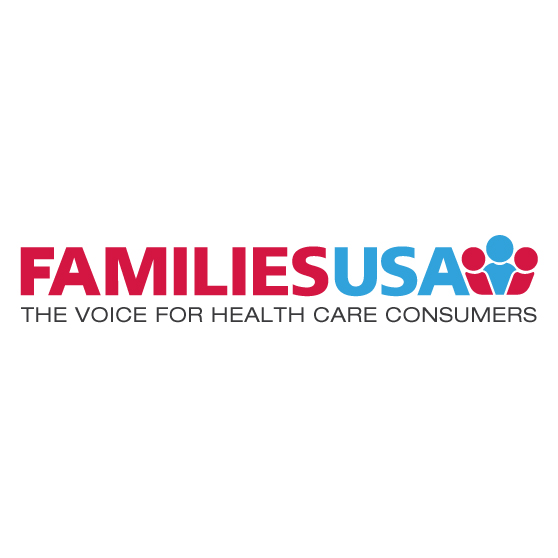2018 State Legislation on High and Rising Drug Prices
By
08.23.2018
2018 has been a year of opportunity when it comes to state legislation to address the high and rising prices of prescription drugs. Families USA has identified some of the 2018 state legislative sessions’ biggest victories on the issue of prescription drug costs, along with significant legislation considered in the 2018 session that may be on the agenda again in 2019.
Following the passage of California’s groundbreaking SB17 last year, Oregon and Connecticut lawmakers have followed suit to pass similar prescription drug price transparency laws. And in Maryland and Illinois, legislators aimed to push the envelope further with bills to set rates for prescription drugs across all payers in the state and to stop prescription drug price gouging, respectively. Here we provide information about each of these important 2018 state bills.
- Oregon H.B. 4005: This year Oregon passed legislation to require insurers and drug manufacturers to make information transparent about high and rising drug costs. Advocates from the Oregon State Public Interest Research Group (OSPIRG) and their partners advocated successfully for H.B. 4005, under which insurers will report to the state’s insurance department, through its rate review process, information about the most costly drugs and how they impact insurance premiums. Manufacturers of high-cost drugs will report a range of data, including research and development costs, profits, marketing costs, and more. The insurance department will make this information available on its public website.
- Connecticut H.B. 5384: With advocacy from the Universal Health Care Foundation of Connecticut and their partners, Connecticut passed transparency legislation that requires insurers to report on drug costs to the state’s insurance department through its insurer rate review process. Additionally, H.B. 5384 makes pharmacy benefit manager (PBM) practices transparent, requiring them to report information such as the amount of rebates they collect and pass on to insurers. The insurance department will create an annual public report on drug prices, and provide drug price and PBM information to the state’s legislature each year. The department must also create an annual report for the legislature on how insurers are accounting for rebates and passing them to consumers.
- Maryland H.B. 1194/S.B. 1023: With the advocacy and support of the Maryland Citizens’ Health Initiative and their partners, Maryland legislators proposed a bill requiring that, for high-cost drugs, including brand-name drugs priced over $30,000 a year, manufacturers would be required to explain the rationale for the price. A state commission would then review the rationale and set a reasonable amount that all payers in the state would pay for the drug. Maryland currently uses a similar process to set all-payer hospital rates. This bill did not pass, but is expected to return for consideration in the 2019 session.
- Illinois H.B 4900: Representative Will Guzzardi, with the support of AARP Illinois and partners, successfully secured passage of legislation in the Illinois House to rein in price gouging of generic and off-patent drugs in Illinois. Based on Maryland law, this bill did not make it through the Illinois Senate this year, but Representative Guzzardi remains committed to revisiting the issue in 2019.
The bills passed and considered in 2018 provide examples and guidance for policymakers and advocates looking to create legislative agendas to address the issue of prescription drug prices for the upcoming 2019 state legislative sessions.
We urge you to share your 2019 legislative priorities on prescription drug pricing with us, and to stay in touch with Families USA for additional resources. Together we can help ensure that states do all they can to address high and rising prescription drug prices.




